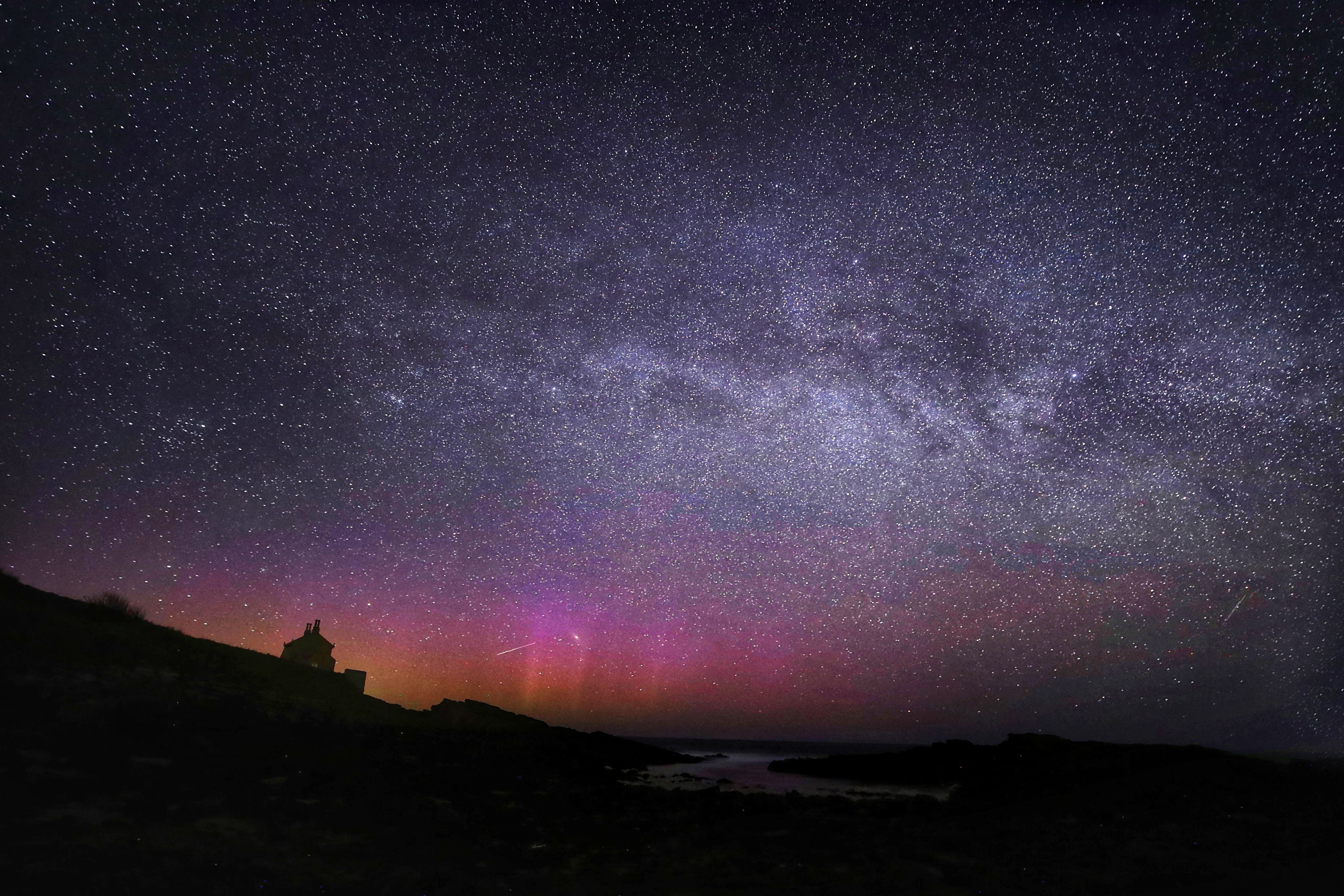Potentially hazardous asteroid heading towards Earth, says Nasa
However, scientists said there is no risk of the 890ft wide object colliding with our planet.

A “potentially hazardous asteroid” the size of a football pitch is hurtling towards Earth, Nasa has said.
Asteroid 2008 OS7, which measures about 890 feet in diameter, will pass our planet at a distance of 1,770,000 miles at 2.41pm (GMT) on Friday afternoon.
However, there is no risk of collision.
Nasa describes potentially hazardous asteroids as those that are more than about 460 feet (140 metres) in size with orbits that bring them as close as within 4.6 million miles (7.5 million kilometres) of Earth’s orbit around the Sun.
2008 OS7, a very small asteroid whose orbit intersects with that of Earth, has been classified as a potentially hazardous asteroid
Dr Minjae Kim, Research Fellow, Department of Physics, University of Warwick, said: “2008 OS7, a very small asteroid whose orbit intersects with that of Earth, has been classified as a potentially hazardous asteroid (PHA).
He added: “We don’t need to worry about it too much as this asteroid will not enter Earth’s atmosphere, while this will still approach close to the Earth.
“There are more than millions of asteroids in our solar system, of which approximately 2,350 asteroids have been classified as PHAs.
“The next significant approach to Earth by a PHA will be the 99942 Apophis on April 14 2029.”
Asteroid 2008 OS7 completes an orbit around the sun every 962 days (2.63 Earth years).
Dr Kim continued: “Unfortunately, asteroids are generally too faint to have been detected by the current techniques and surveys, so it’s very hard to see by our naked eyes.
“The only asteroids at all visible to the naked eye so far are Pallas and Vesta, having diameters of about 500 km.”
Four other asteroids will make near-Earth passes between now and Friday, ranging in size from that of a plane to a house.
These will be: 2024 BR3 at 100 feet in size; 2024BR (63 feet); 2003 BM03 (120 feet); and 2024 BJ03 (73 feet).